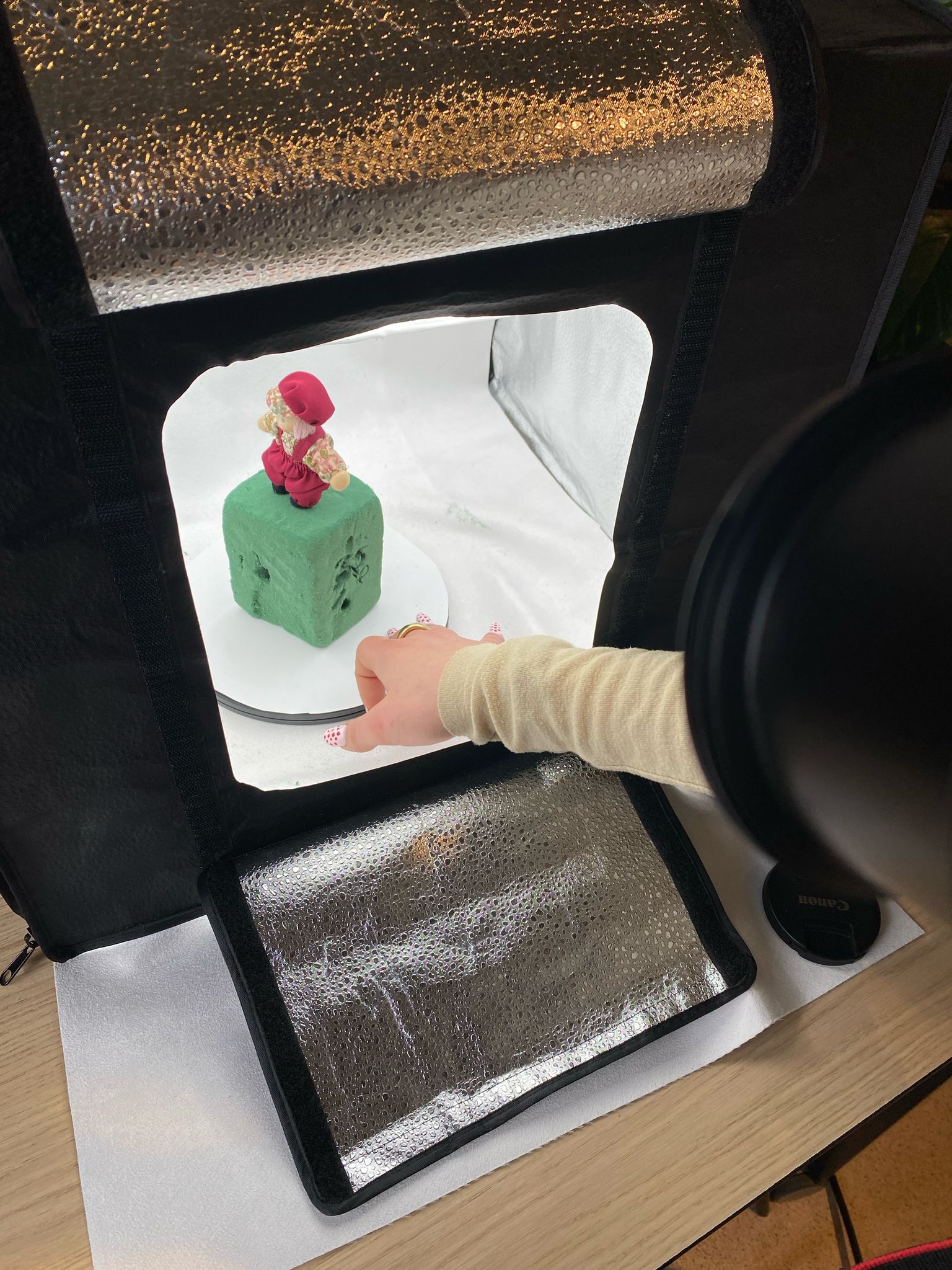

Capturing our model started with learning photogrammetry and using the knowledge as our method. Photogrammetry is ‘the art, science, and technology of obtaining reliable information about physical objects and the environment, through processes of recording, measuring, and interpreting images and patterns of electromagnetic radiant energy and other phenomena’ (American Society of Photogrammetry and Remote Sensing, n.d.). It combines photography with measurements of an object. These measurements include camera orientation, 3D reconstruction or scene location, recognition of the object or the scene, and finally, the semantic interpretation of images – i.e., a syntactical interpretation of these images for the computer to represent later (Hirst, 1988).

(Close-Range) Photogrammetry is an excellent method for capturing an object before processing it. These pictures are easily distorted by the angles, the lens, or the tilt. Photogrammetry will correct these issues to produce reliable measurements compared to the doll’s (Tech Daria, n.d.). For example, we were advised never to change the actual lens of the camera but instead get closer to our doll. During the processing, the software will represent a closer look at our object, thereby adding the details we couldn’t easily get just from our spot. Close-range photogrammetry requires the images from the pictures to overlap by at least 60%. It was a very slow process, and a lot of attention went into it. The work, which seems simple, was naturally divided into one. One of us was taking care of the doll, rolling her around, and cleaning the dust and the foam – which the photogrammetry would have included and would have made the cleaning part of the process more complicated.
Photogrammetry is part of a hybrid technique called Structure from Motion (SfM). SfM refers to a method that creates 3D models from a series of 2D photos taken from different angles. It identifies common points in the image and uses them to estimate the size, shape, and position of the object. Alongside photogrammetry, which gives accurate measurements of the object from the pictures, there is computer vision, which recognizes the object and models it, leading to the processing of a 3D model. SfM overall identifies and matches pixels across the hundred pictures we took (Tech Dariah, n.d.).